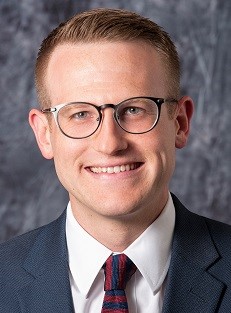As far back as the implantation of the first battery-powered pacemaker in 1958, the University of Minnesota has been a leader in clinical trials. Now, the Clinical and Translational Science Institute (CTSI) consolidates UMN resources for clinical trials.
Clinical and Translational Science Institute:
CTSI will help your company plan, execute, and manage large or small scale clinical trials to prepare your product for FDA approval and commercial launch. The Institute is designed to streamline clinical resources to researchers.
Support for clinical and translational research phases:
CTSI offers translational research services from start to finish of the clinical research process.
- Study planning and design
- Identifying funding opportunities
- Budget development
- Protocol development
- Regulatory guidance and support
- Recruitment
- Staffing and implementation
- Data collection and management
- Statistical analysis
- Closeout
Consultations:
CTSI offers consultations about these topics and others.
- Biostatistics
- Community-engaged research
- Early-stage translational research
- Informatics
- Participant recruitment
- Regulatory topics
For-fee services:
CTSI facilitates access to University staff, facilities, and procedures with hourly and per-unit rates.
- Clinical unit staff and space
- Biostatistical support
- Specialized / equipment-intensive procedures
- Specimen processing and storage
- Nutrition
Contact Dwight Nelson for more information about connecting with CTSI.
